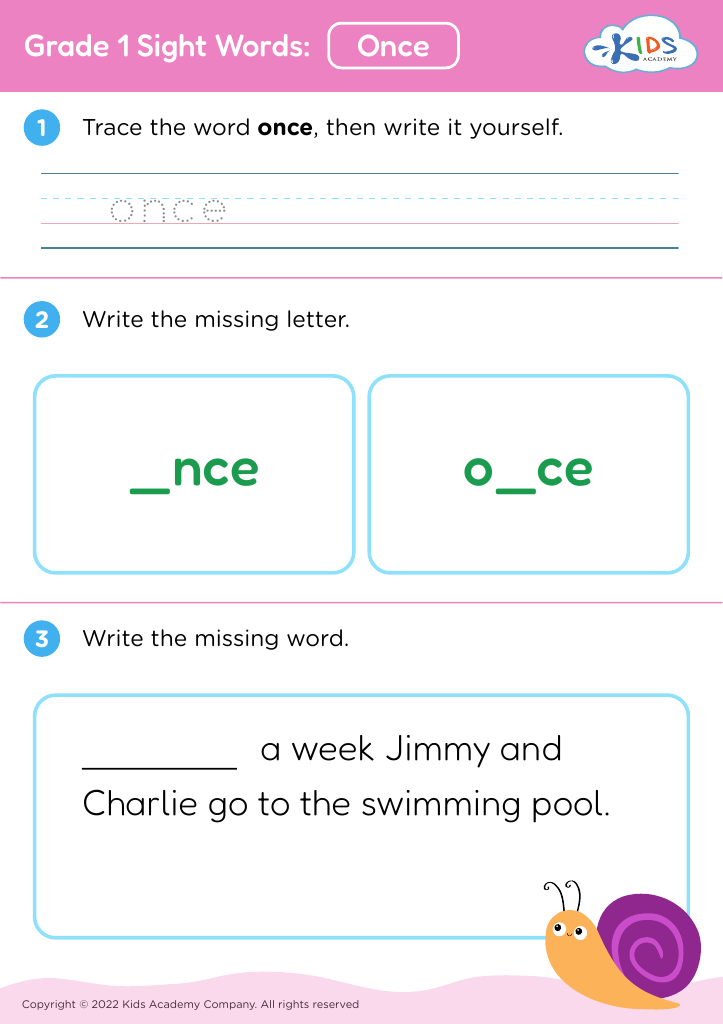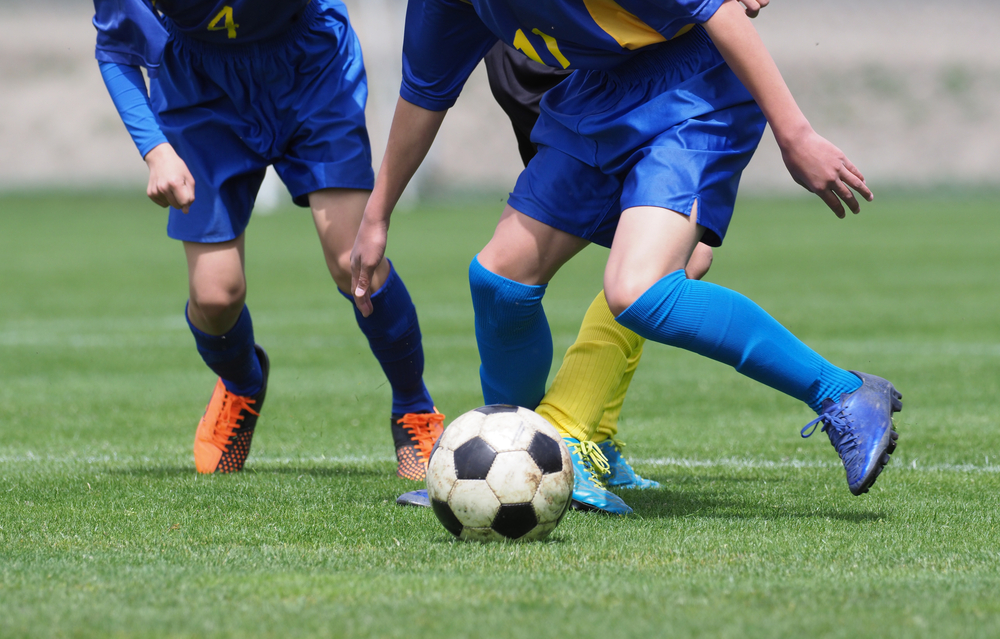Spatial reasoning Worksheets for Kids
12 filtered results
-
From - To
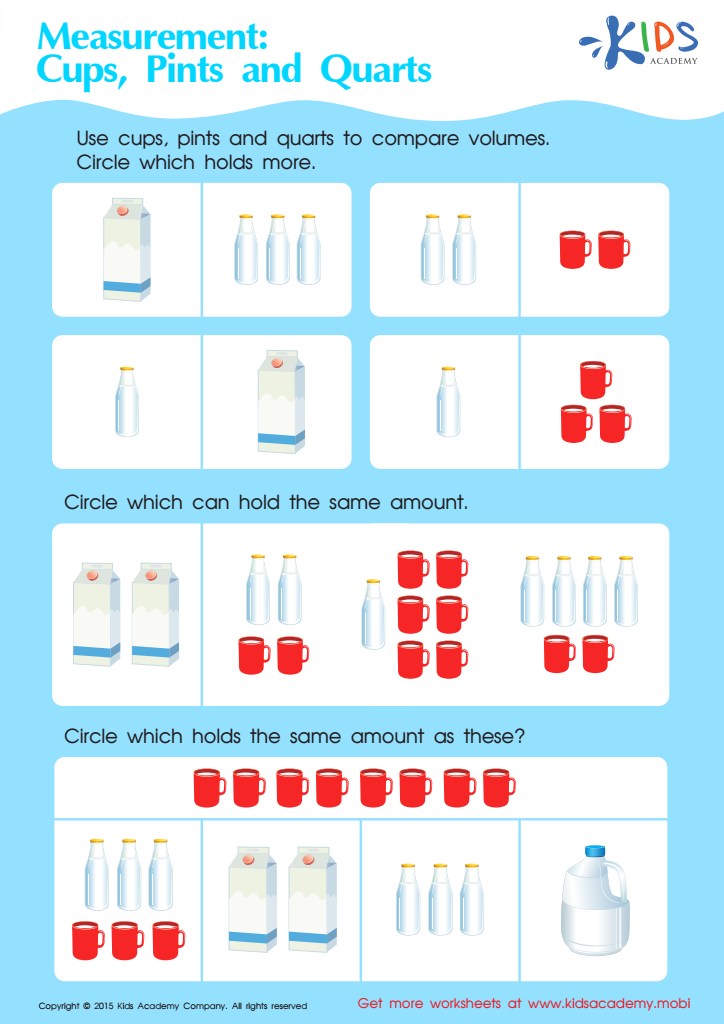

Measurement: Compare Volumes Worksheet
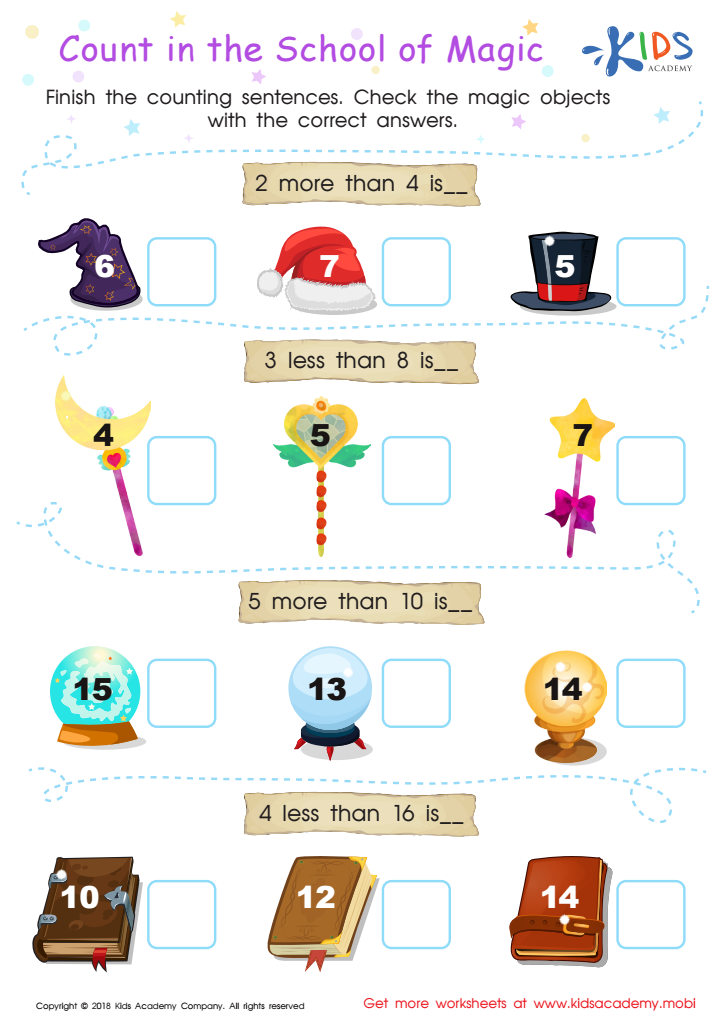

Count in the School of Magic Worksheet
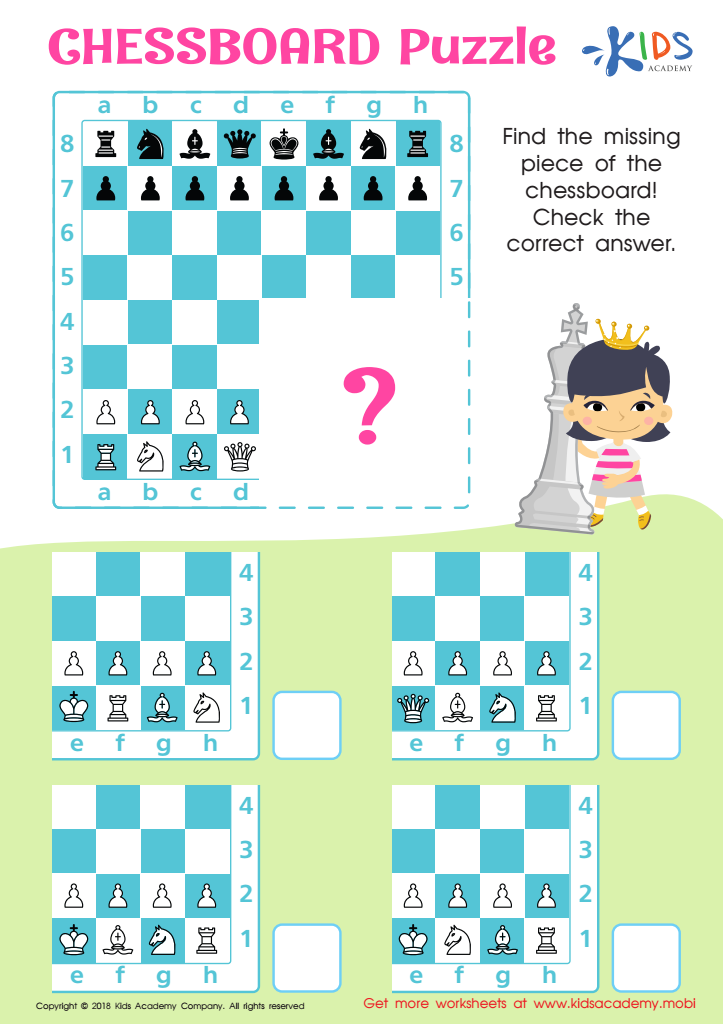

Chessboard Puzzle Worksheet
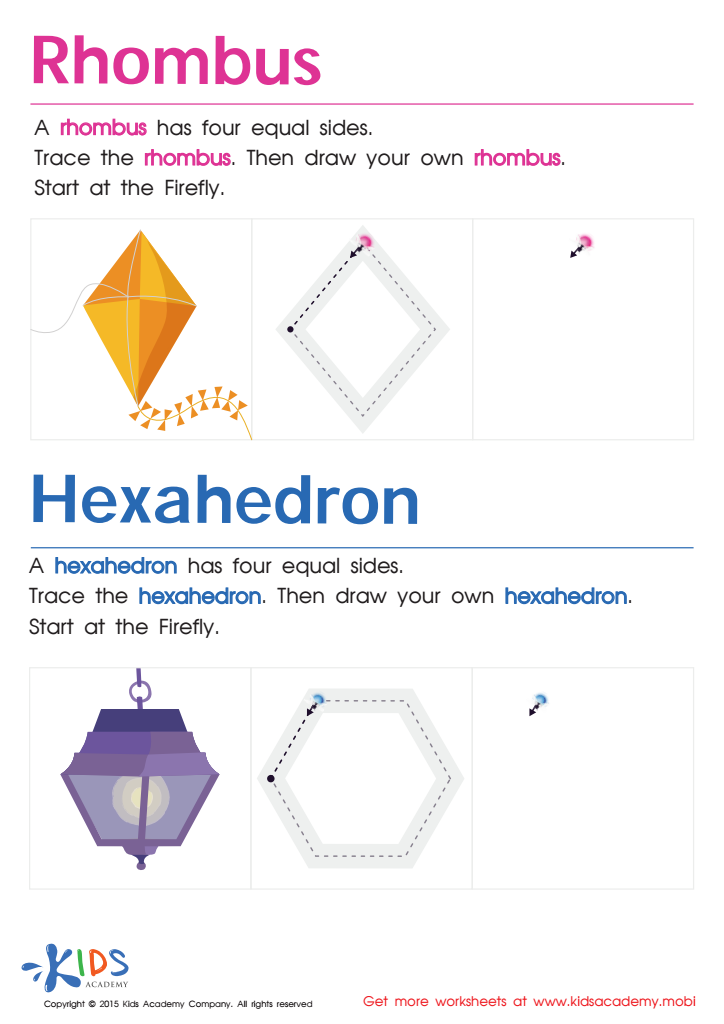

Draw a Rhombus And a Hexahedron Printable
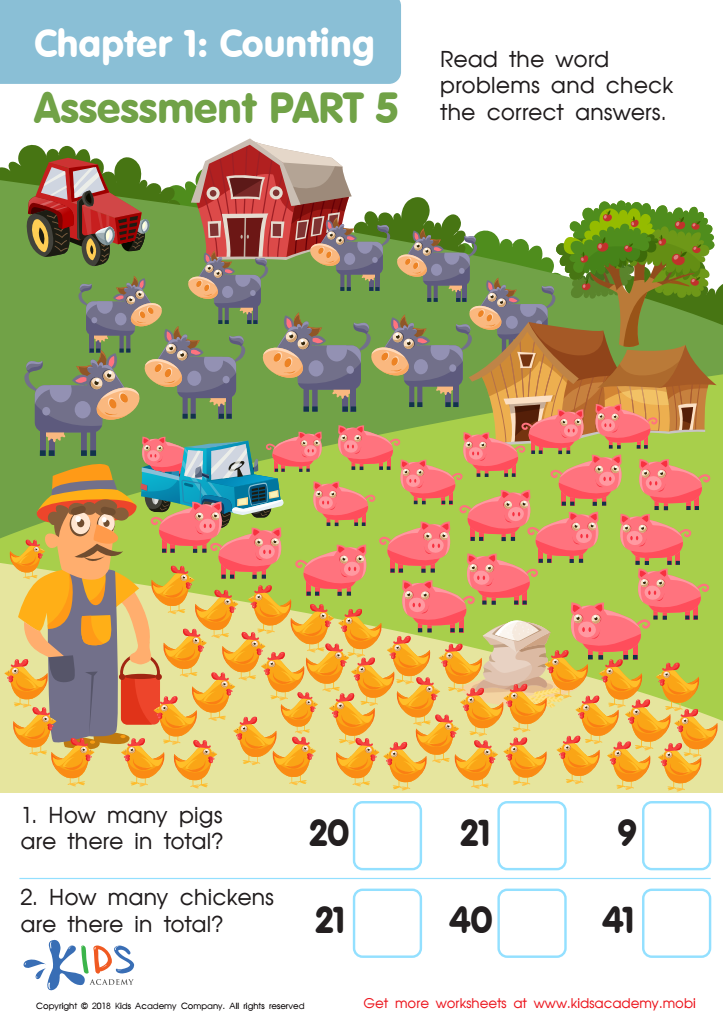

Counting: Assessment 5 Worksheet
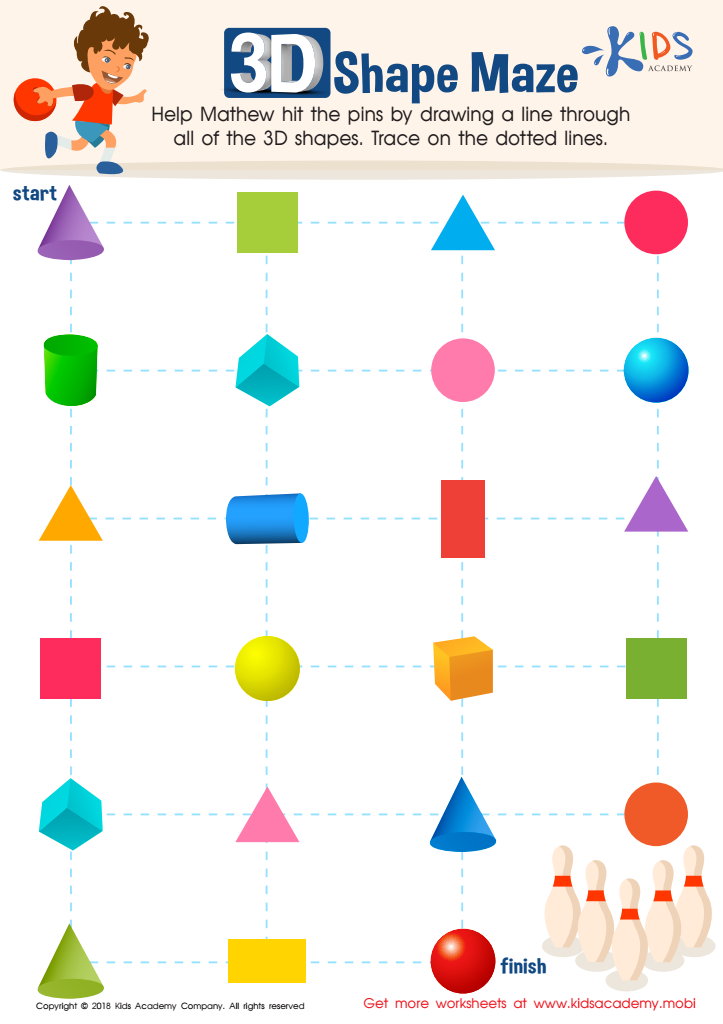

Shapes Maze Geometry Worksheet
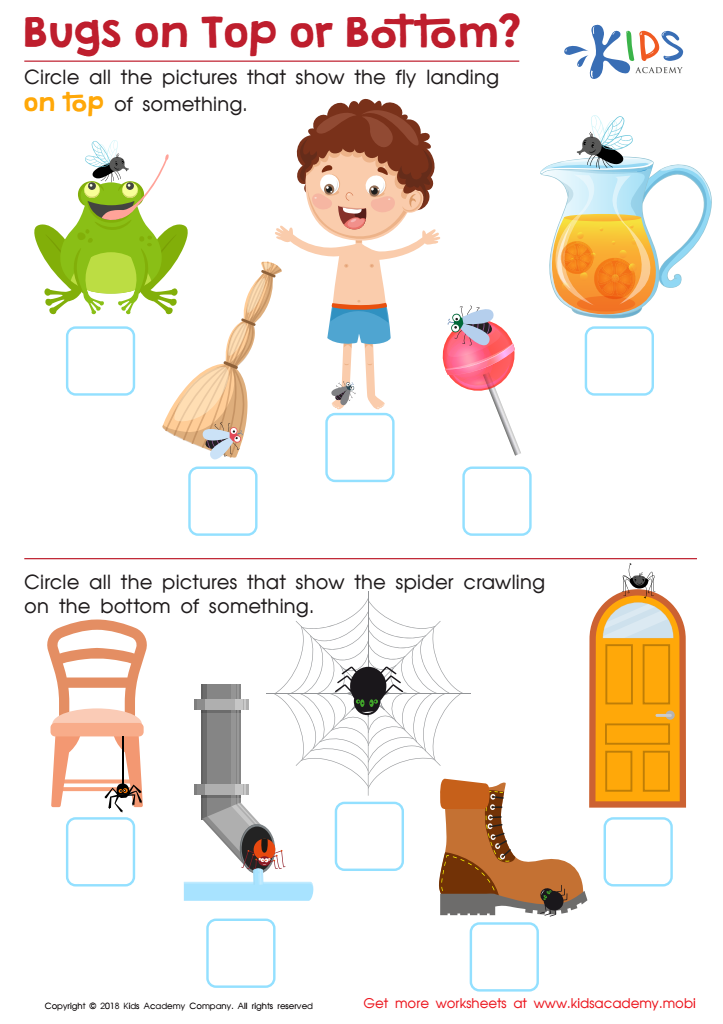

Bugs on Top or Bottom? Worksheet
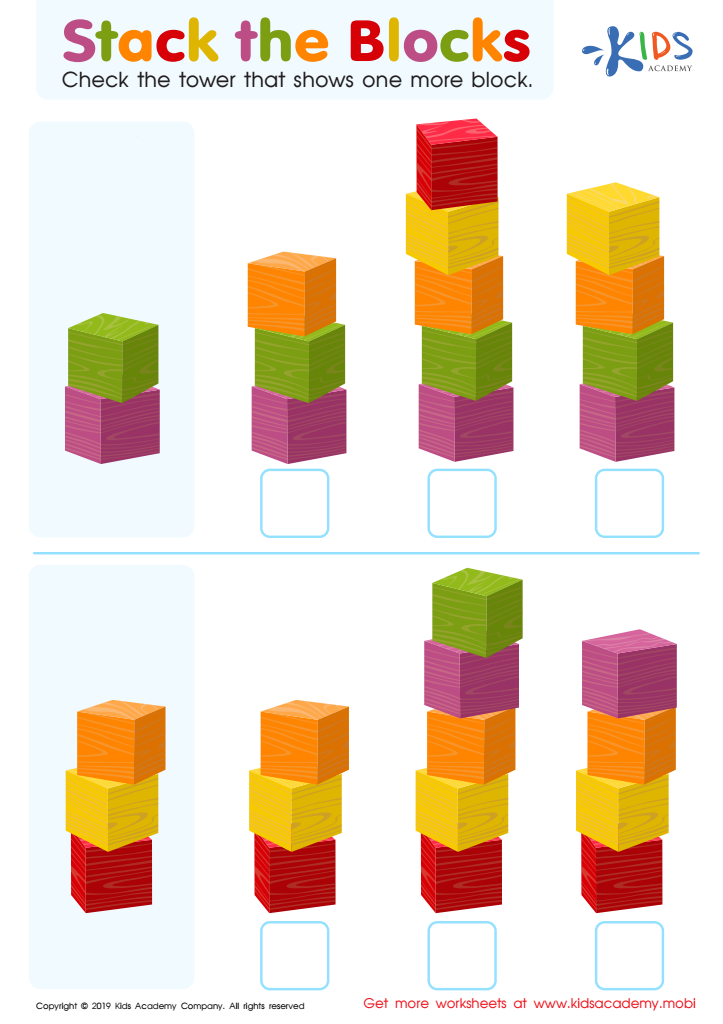

Stack the Blocks Worksheet
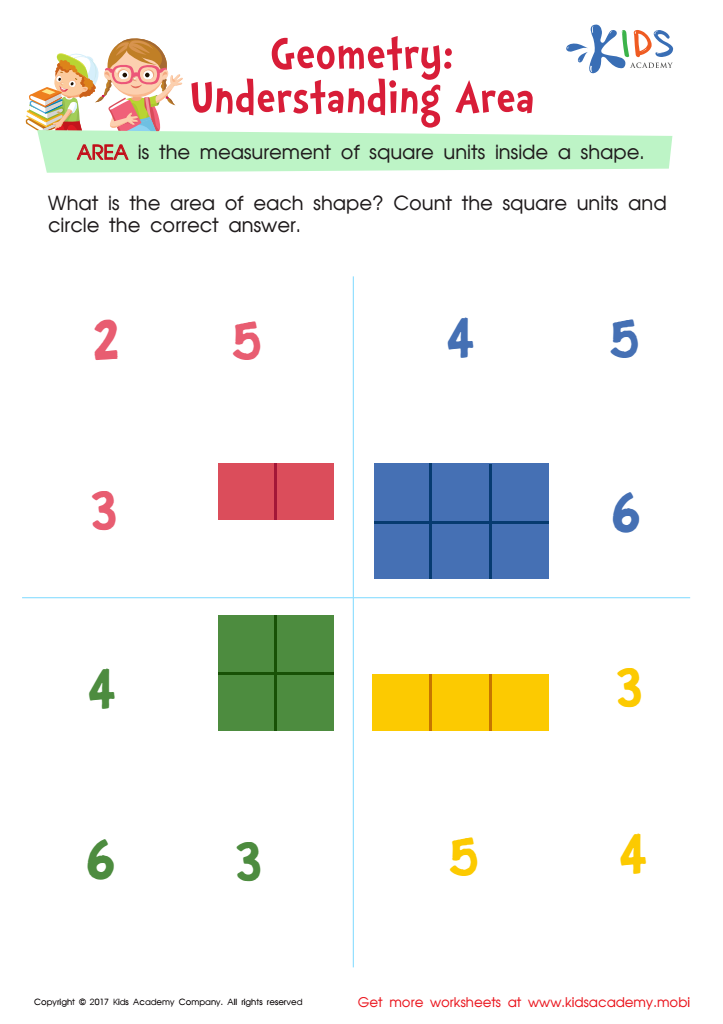

Understanding Area Worksheet
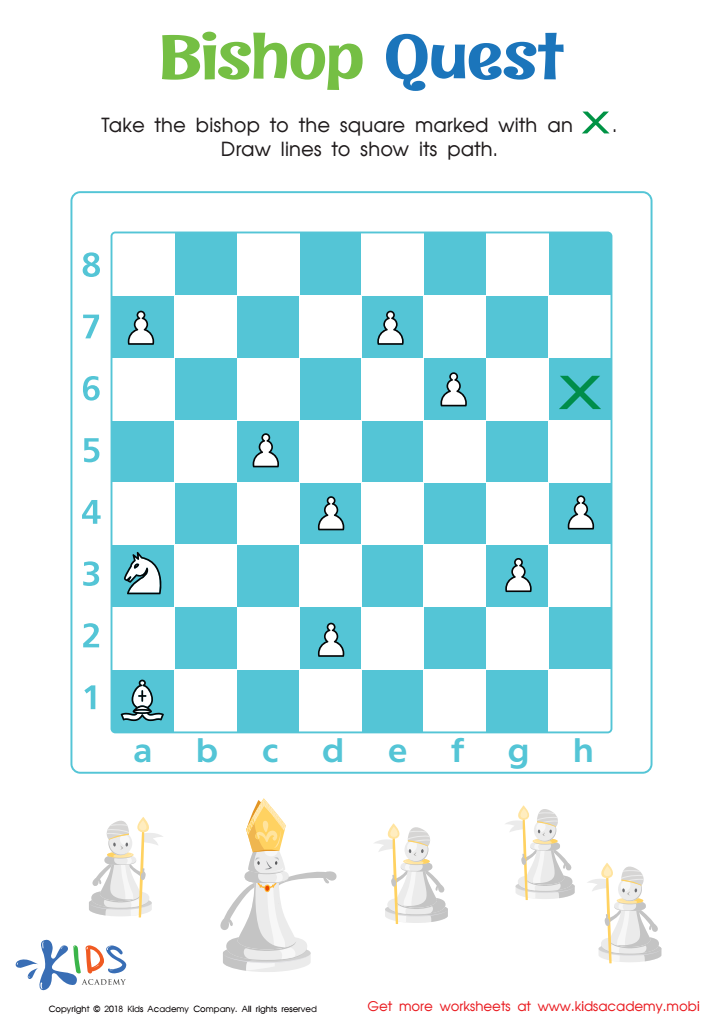

Bishop Quest Worksheet
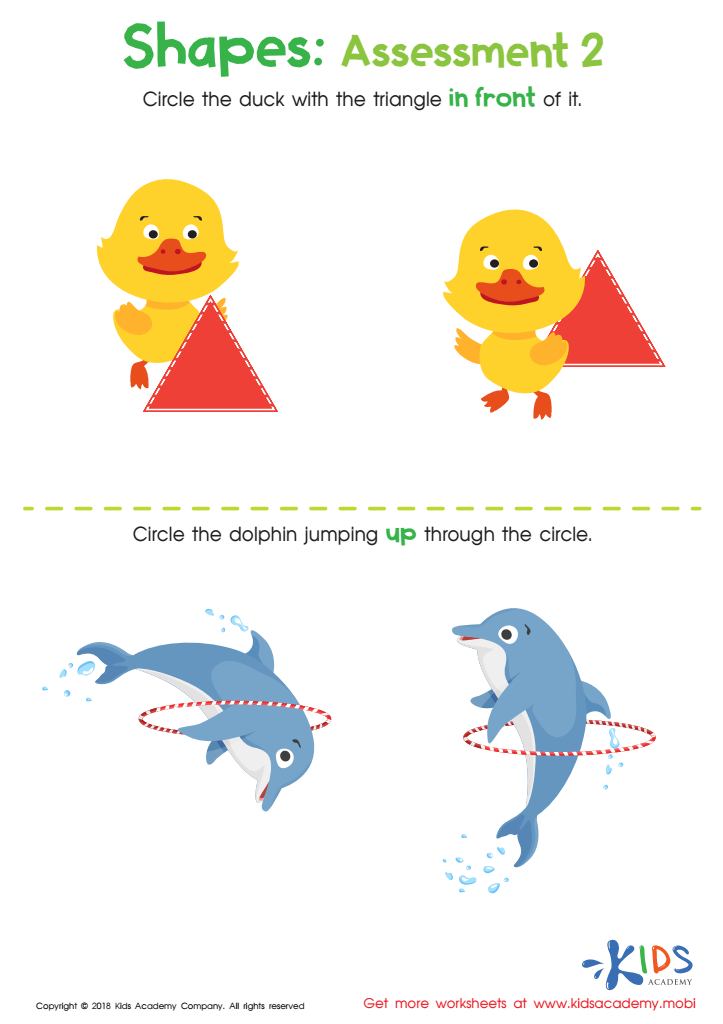

Geometry – Assessment 2 Worksheet
Question/Answer
How to test a Grade 1 student’s Spatial reasoning skills?
To test a Grade 1 student's spatial reasoning skills, incorporate puzzles, block building activities, and pattern recognition tasks. Use simple tangrams to assess their ability to form shapes, and employ mazes to evaluate their ability to navigate and plan routes. Observing how they manipulate and arrange objects to fit within defined spaces also provides insight into their spatial reasoning capabilities.
How does the mastery of the Spatial reasoning skill affect a student's performance at an early age?
Mastery of spatial reasoning at an early age significantly improves a student's performance in mathematics, science, engineering, and technology. It enhances their ability to understand and manipulate shapes and spatial relationships, which are foundational to solving complex problems in these disciplines. Furthermore, it boosts their overall cognitive development, problem-solving skills, and creativity.
What does the Spatial reasoning skill mean when it comes to Grade 1 Chess learning?
Spatial reasoning in Grade 1 Chess learning refers to the ability to understand and visualize the chessboard layout, including the arrangement of pieces and potential moves. It involves predicting the outcomes of movements, grasping the concepts of space and direction, and planning strategies accordingly. This skill is crucial for beginners to navigate the game effectively and develop their playing techniques.
 Assign to My Students
Assign to My Students

